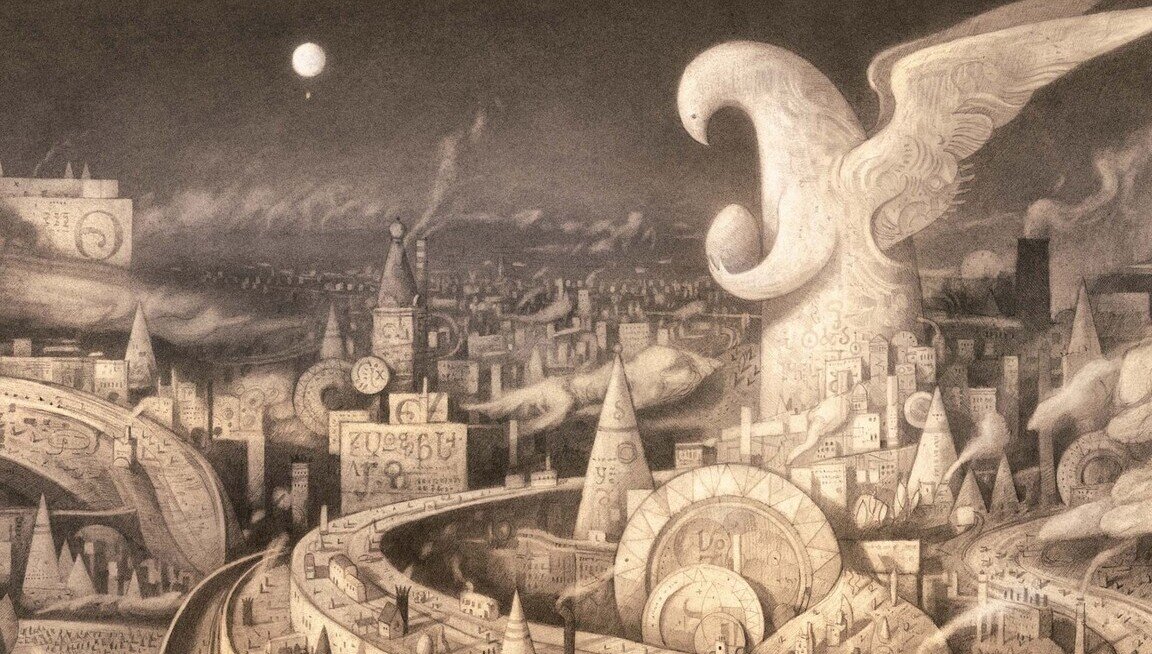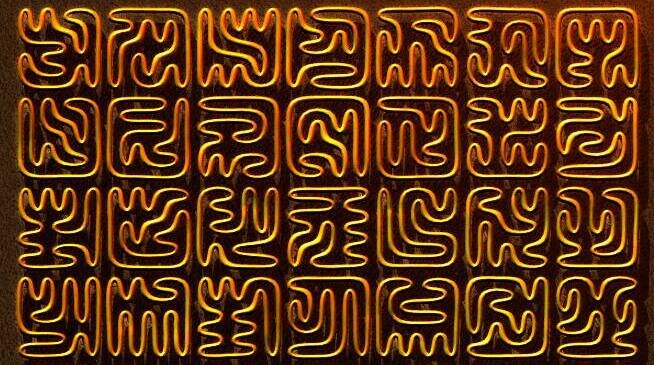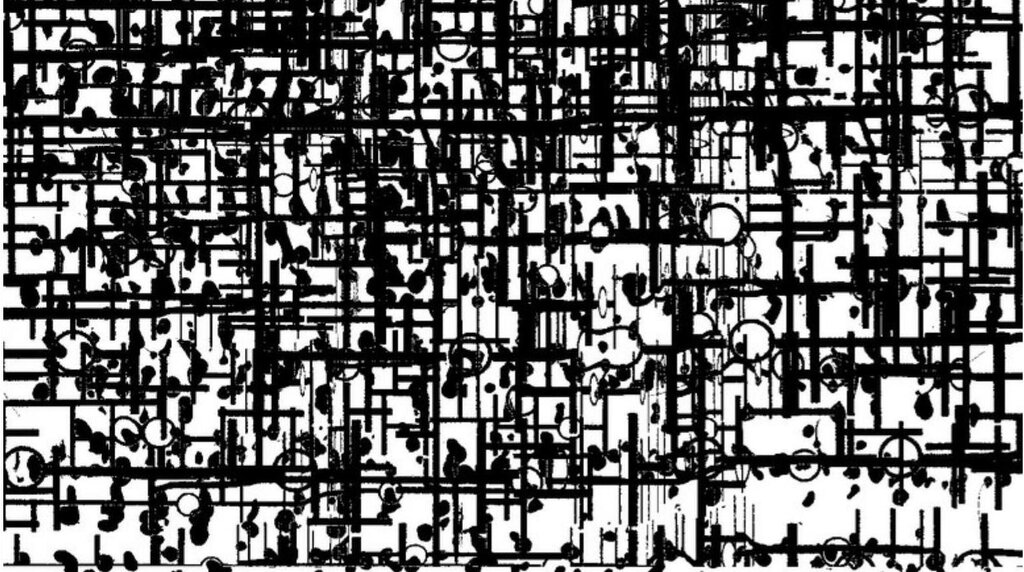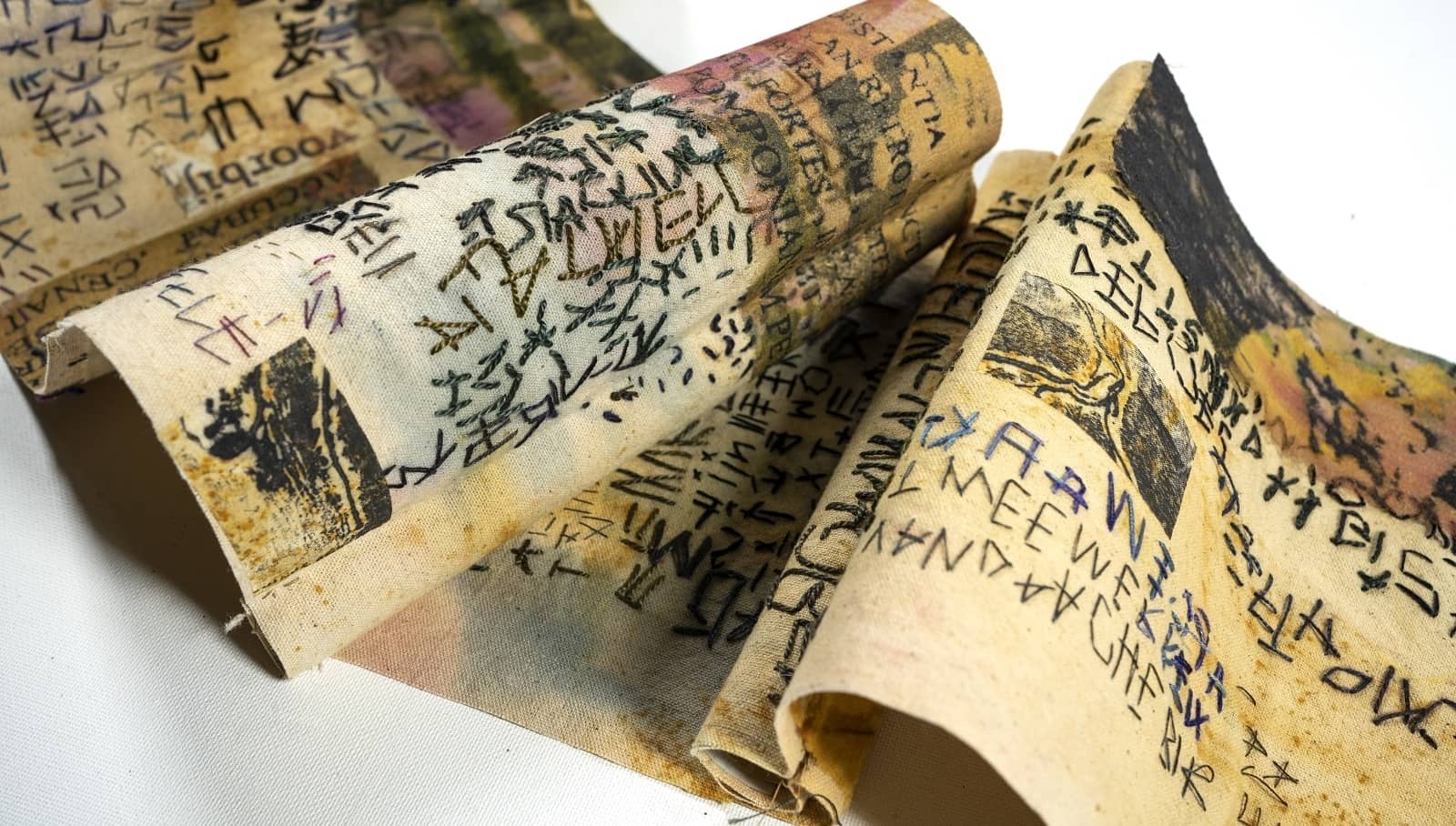Hamptonese: The Asemic Writing of James Hampton
James Hampton (1909–1964) was an American outsider artist. He worked as a janitor, and in his spare time, in secrecy, he built a large assemblage of religious art, made from scavenged materials: cardboard, plastic, glue, pins, tape, old furniture, jelly jars, aluminum and gold foil, shards of mirror, desk blotters held together with tacks, and…
View Post



